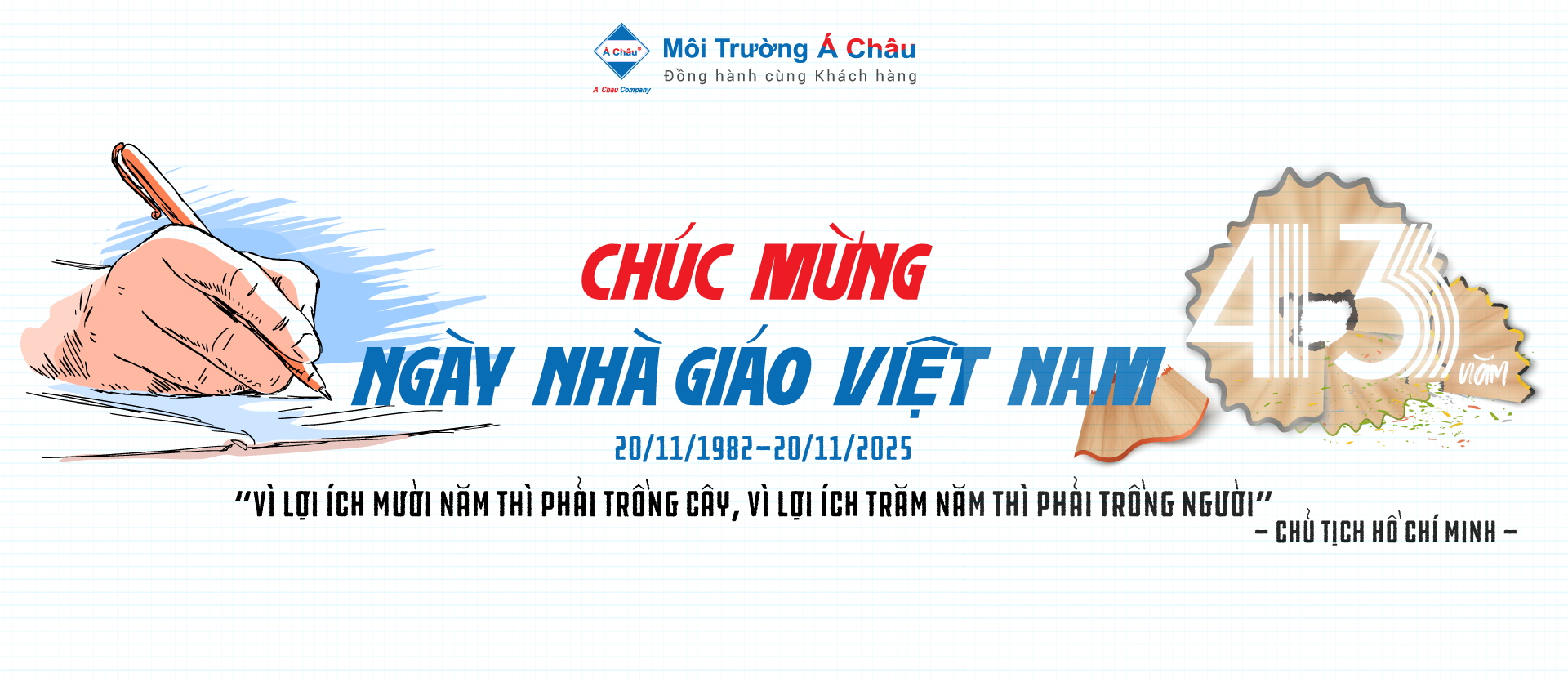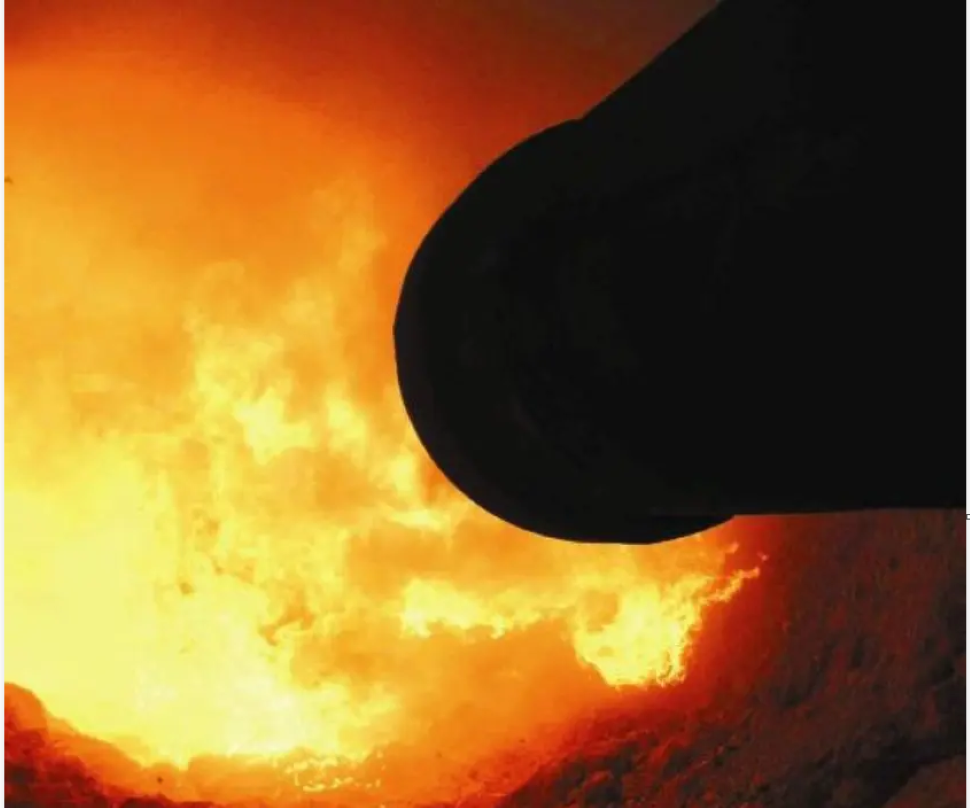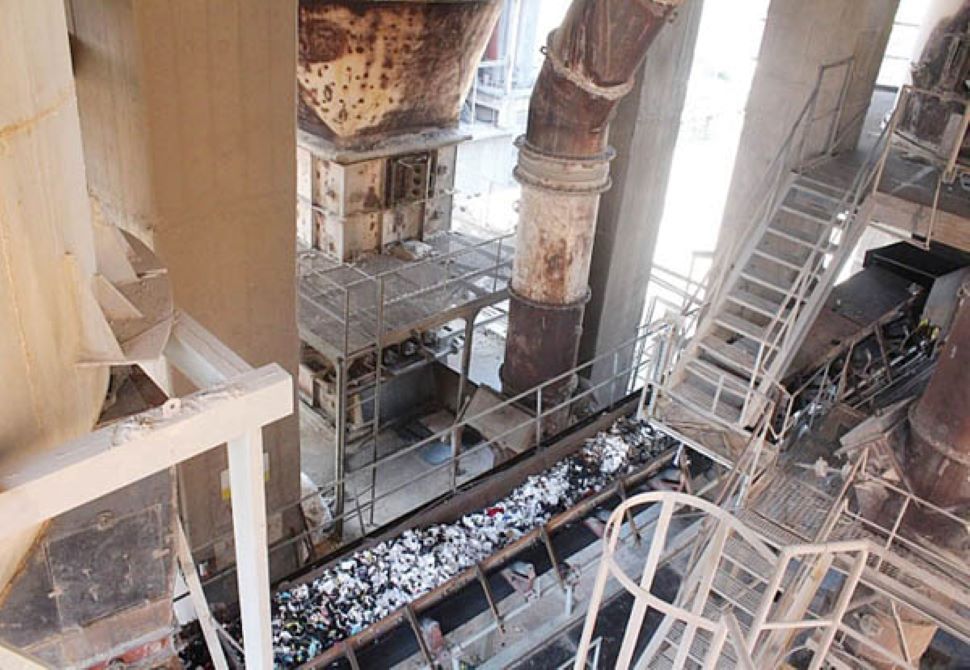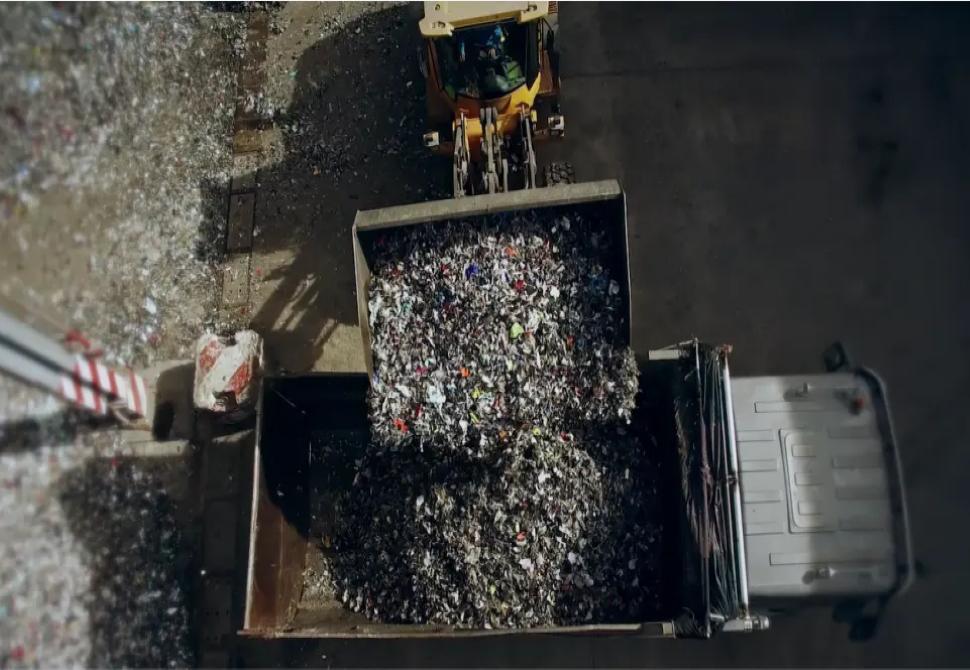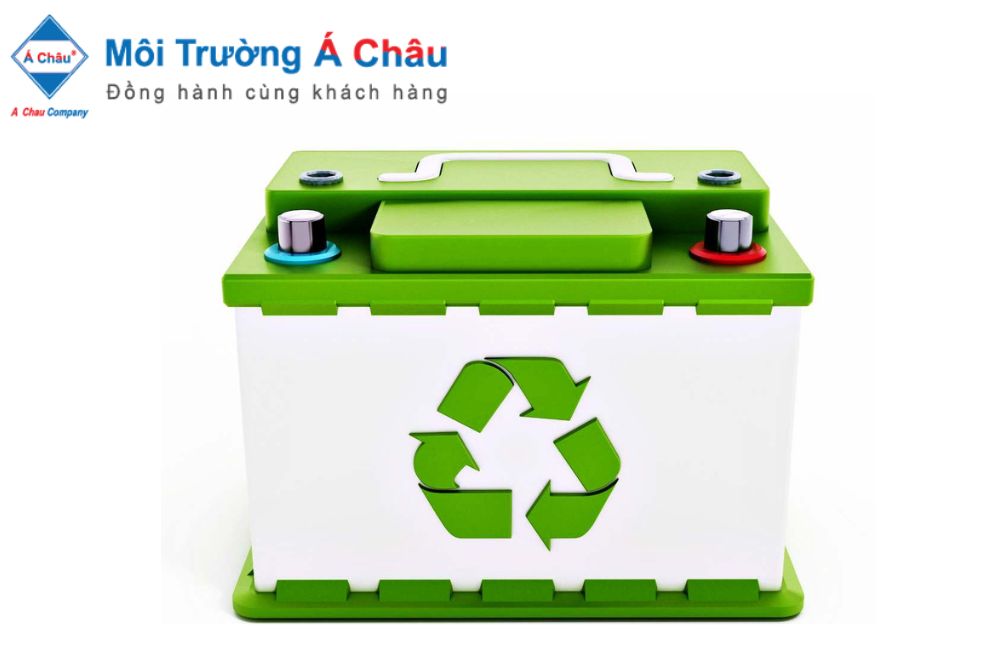Waste as an alternative fuel in Vicem But Son - Vietnam Cement Factories.
In 2020, Vicem But Son Cement Joint Stock Company began processing industrial waste, sludge, ash, and slag as raw materials and alternative fuels in cement manufacture. The treatment system combined with cement production through "Co-processing" at the clinker kiln, with replacement waste rates reaching nearly 30% and sludge replacement rates reaching nearly 5%, exceeded the initial target.
Some types of waste are in the clinker kiln.
Some typical wastes (normal and hazardous) in "Waste Co-processing" at clinker kilns include organic solvents, oil, paint, PVC plastic, tires, pesticide packaging, printing workshop sludge, alkaline liquid, sludge after wastewater treatment, waste of plant origin, domestic waste after segregation... In the trial, Vicem But Son used industrial waste (leather shoes, garments, nylon, plastic, rubber, sawdust, etc.) as an alternative fuel.
Despite being heavily affected by the COVID-19 epidemic, the rate of using garbage as fuel to replace coal dust reached 8 - 10% in 2020, with An average treatment volume of 110 - 130 tons of trash/day, and the total volume of used trash is 40,300 tons. By 2021, Vicem But Son plans to optimize the system, raising the rate of waste burning as an alternative fuel to 21 - 22%, the average treatment volume to about 300 tons/day, and the overall treatment volume to 92,500 tons of industrial waste. Many types of industries.
The Central Control Room oversees the whole manufacturing process, including waste Co-processing.
Illustration: Clinker kiln - Source: ITN
After researching the analysis of mixed mud samples with similar components to natural clay, the Company primarily treats conventional waste clay from paper manufacturers' water treatment plants... with a volume of 9.969,17 tons (in 2020) and 57,800 tons (in 2021), replacing 3 - 5% of the amount of natural clays.
Vicem But Son successfully treated waste and sludge in early 2022. He is now testing the Co-processing of hazardous waste, which includes sludge, contaminated soil, rock, and other solid hazardous garbage. The system uses 100% locally built equipment and operates automatically, treating around 1,400 tons of hazardous waste per month.
The waste incineration system at the Vicem Cement Kiln.
Efficient development of Environmental Sustainability in line with the Circular Economy
According to studies and trials, "Co-processing waste" in cement kilns does not produce solid trash; ash, slag, and heavy metals are all clumped together in cement clinker, creating no environmental impact. Furthermore, the quality control and operational system continuously and automatically monitors the whole cement manufacturing and waste treatment process to ensure compliance with product quality criteria and laws. Waste Co-processing has been effective, lowering the concentration of NOx in exhaust gas by 100-150ppm and the amount of CO2 equivalent generated annually into the environment by each production line by about 6-8% (in 2020 and 2021, Vicem But Son reduced emissions by 275,149 tons of CO2).
Mr. Nguyen Tien Thuan, Deputy Head of Technical Department (Vicem But Son), Co-processing waste in cement kilns does not contaminate the environment and has dramatically decreased emissions. Dioxin and furans emission indicators are at very low thresholds compared to QCVN 41:2011/BTNMT: Standards National technical regulations on co-treatment of hazardous waste in cement kilns, which emit toxic NOx and CO2 gases to the environment and social life during the clinker smelting process. This initiative will be one of the primary foundations of Vicem's objective of lowering CO2 emissions in the cement sector from the predicted level of 730 kg CO2/ton of cement to 440 kg CO2/ton of cement.
Mr. Do Tien Trinh, General Director of Vicem But Son Cement Joint Stock Company, said waste ash would participate in the chemical composition of the clinker after being handled in the kiln system. Sewage sludge is continually mixed in a regulated formula to create a raw material element. Analytical results show that the chemical components of the waste have no effect on the mechanical, physical, or chemical aspects of the clinker and do not degrade its quality. As a result, consumers have assured quality and reputation for every ton of cement ingrained in Vicem, But Son sold to the market. At the same time, accompany clients in solving environmental problems.
Economic efficiency, increasing competitive value in the market to replace traditional raw materials
Photo: Waste as material, fuel in Co-Processing technology.
The advantage of environmental protection is that the use of waste and sludge as fuel and alternative raw materials also brings evident economic efficiency by helping to reduce the cost of buying coal dust, reducing consumption, contributing to reducing production costs, and improving product competitiveness. In 2020, the efficiency of the waste Co-processing program was 40.12 billion VND. Of these, the efficiency from sludge treatment is 2.65 billion VND, from waste incineration is 15.13 billion VND, and the efficiency from using ash, slag, and artificial plaster is 22.34 billion VND. In 2021, these numbers were 86.99, 17.56, 44.32, and 25.11 billion VND, respectively. Mr. Nguyen Tien Thuan added: On average, each ton of waste co-processing in the kiln makes profits from 485,000 - 550,000 VND/ton of waste, 300,000 VND/ton of sludge, 330,000 VND/ton of ash and slag, and artificial plaster.
Trước tình hình giá cả nguyên, nhiên liệu trên thế giới không ngừng tăng cao và tình trạng suy kiệt dần nguồn tài nguyên thiên nhiên không tái tạo, hiệu quả trên là cơ sở để Vicem Bút Sơn tăng sử dụng chất thải làm nguyên liệu, nhiên liệu thay thế và sử dụng chất thải đa dạng hơn. Để thực hiện tốt hơn mục tiêu này, Vicem Bút Sơn chủ trương nâng cấp hệ thống kho chứa, tự động hóa hoàn toàn khâu tiếp liệu để nâng cao năng suất lao động; nghiên cứu thiết kế, đầu tư bổ sung hệ thống buồng đốt ngoài để xử lý đa dạng hơn nữa các loại rác thải có nhiệt trị thấp, độ ẩm cao (kể cả rác sinh hoạt); nghiên cứu chế tạo hệ thống sấy rác và bùn thải để giảm độ ẩm của nguyên nhiên liệu thay thế, nâng cao tỷ lệ thay thế nhiệt và tỷ lệ thay thế sét…
Vicem But Son is implementing the Circular Economy model to link cement production and business activities with environmental protection. The company is using waste from various industries, including industrial solid waste, hazardous waste, plastic waste, and daily waste, as raw materials and fuels to replace non-renewable resources like coal, limestone, and clay. This is particularly important for Vicem But Son, which is struggling with raw clay materials due to the withdrawal of the Ba Sao clay mine for the Tam Chuc Tourist Area.
Vicem But Son aims to replace traditional coal dust with waste as fuel in three stages: burning waste, replacing 20-25% of heat, replacing 40-50% of heat, and using waste sludge as a raw material to replace up to 30% of natural clay materials. This approach contributes to the economical use of non-renewable resources.
View more:
PRE-PROCESSING AND PROVIDING ALTERNATIVE FUEL FOR CO-PROCESSING
Source: Ximang.vn
